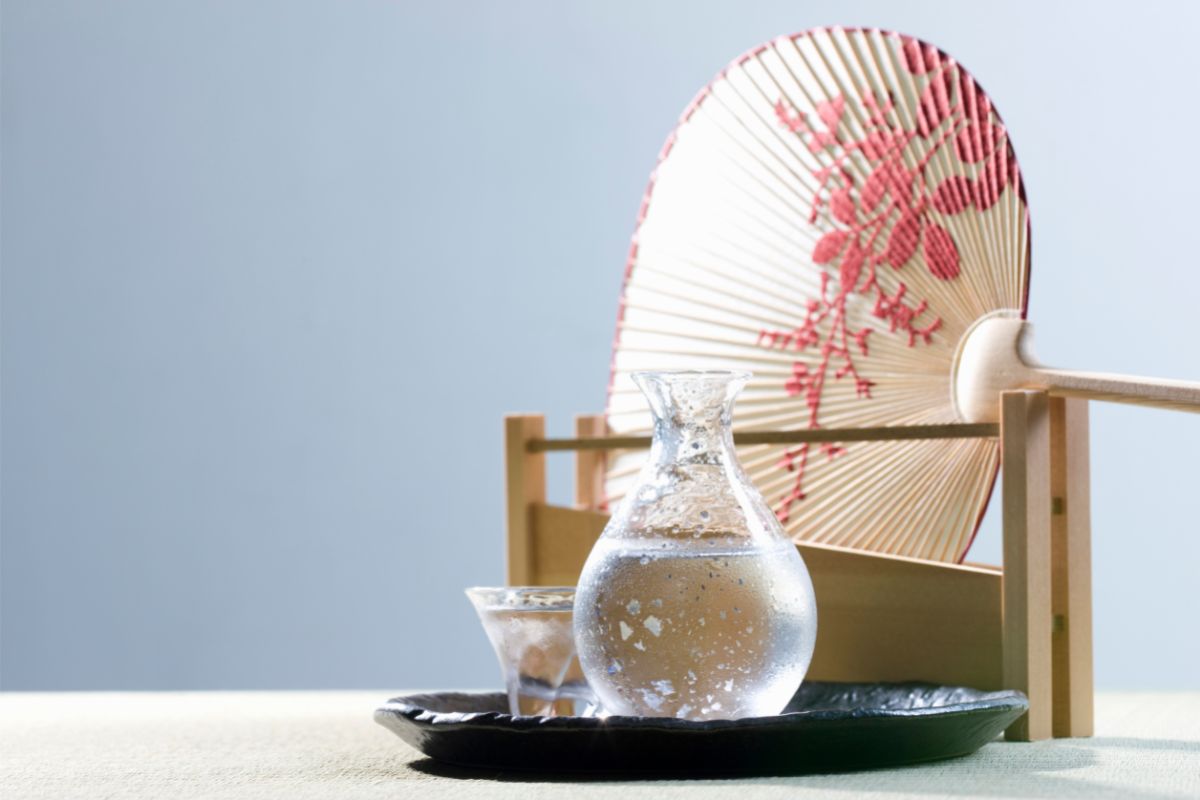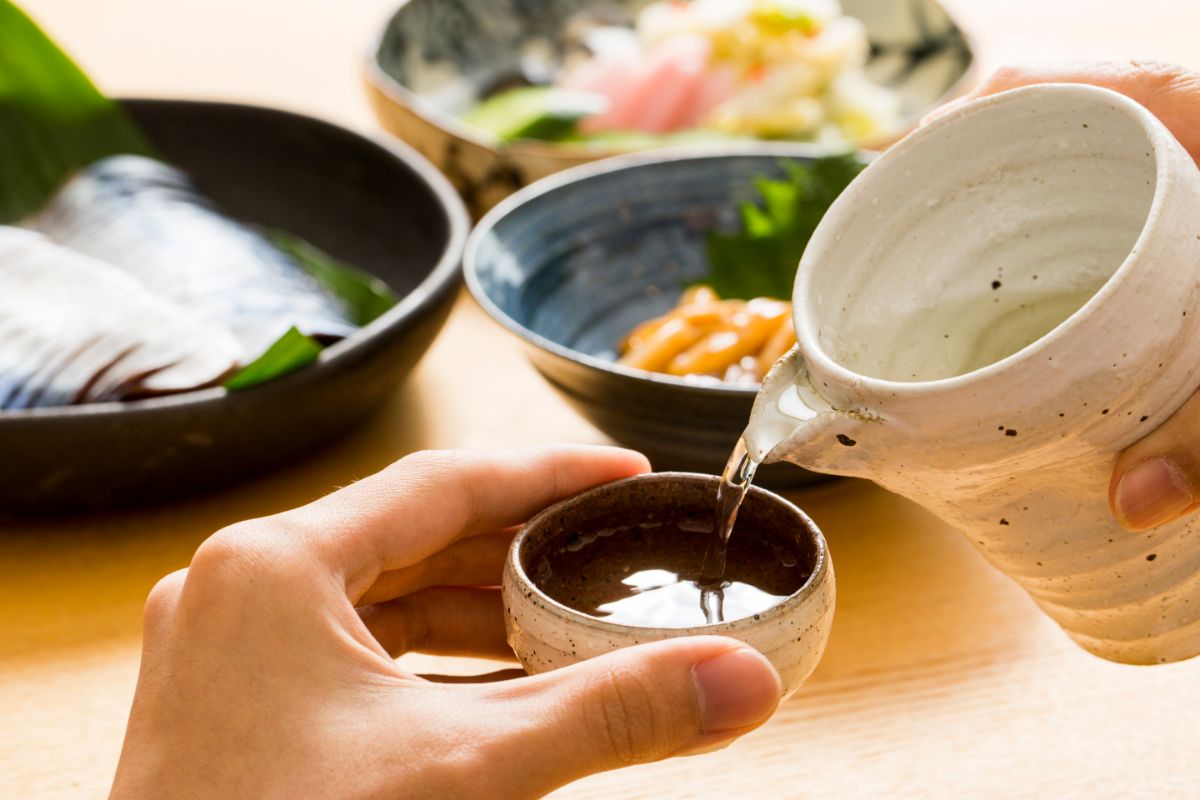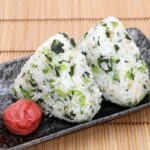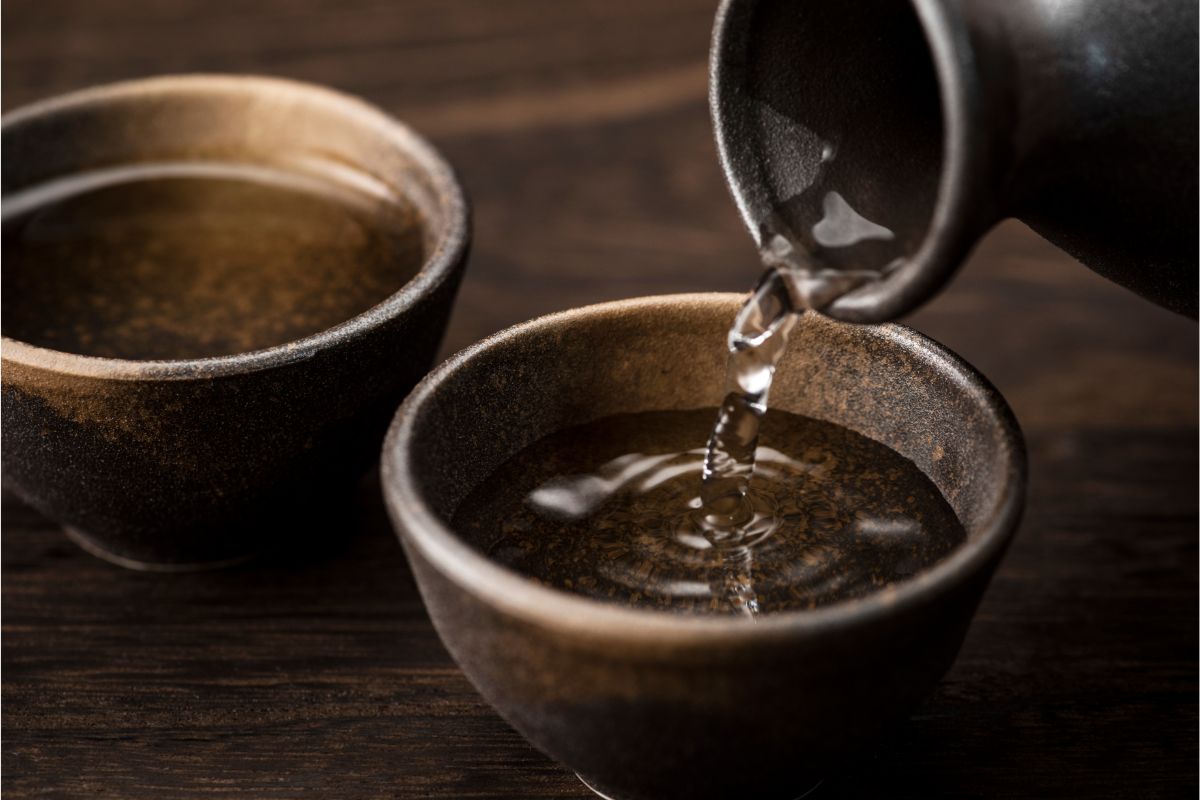You may be offered a serving of sake in a traditional Japanese restaurant and it helps to know how to drink this refined beverage. Though it is made from rice, technically it is not a type of wine though it is certainly an alcoholic beverage.
There are certain customs behind how it is drunk and even how it should be ordered and pronounced. Once you have found your preferred flavor, drink it slowly and savor each serving.
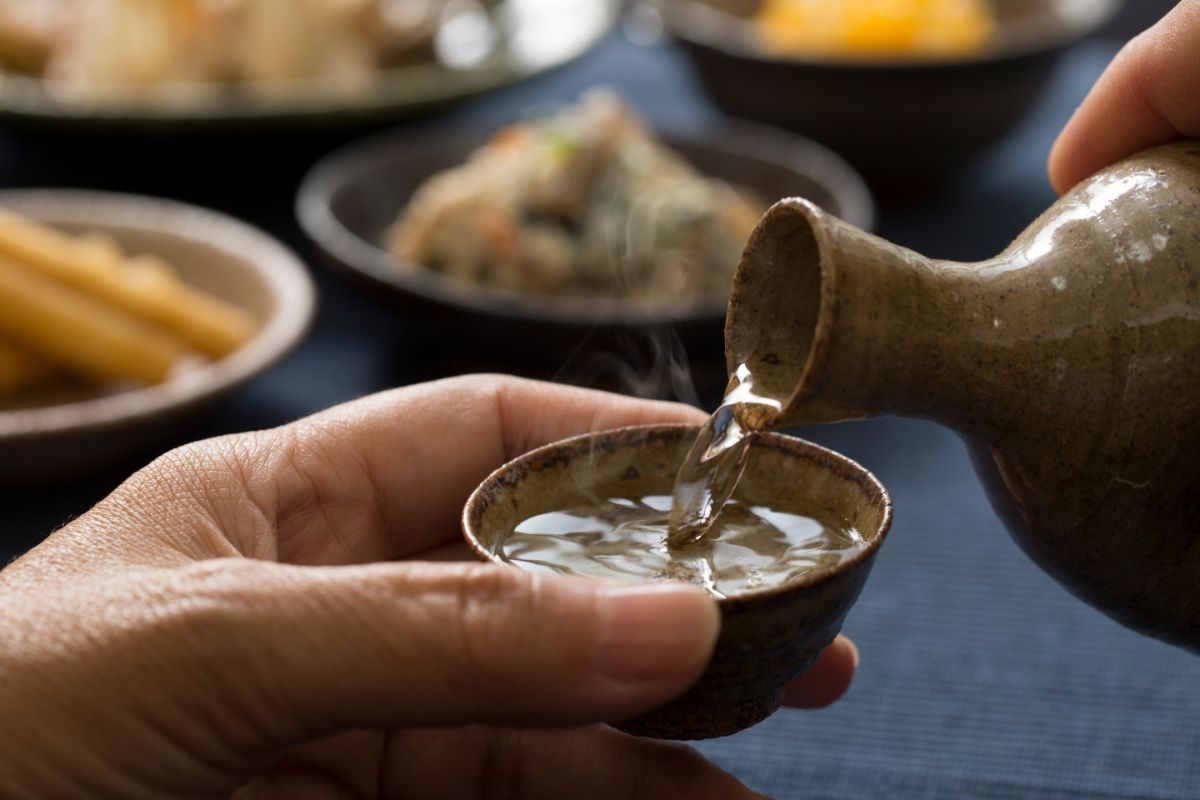
In this post, we will look at how to drink sake. This will include the customs behind sake drinking, the serving temperature, and how to pair sake with your food.
How To Drink Sake
When you are offered a serving of sake, certain Japanese table manners should be followed. It can be seen as a ceremonial drink though it is supposed to improve your meal.
While sake is served in small portions, that’s largely down to how it should be taken. This is a ceremonial drink and should be drunk with some respect and not like a shot.
Sake is served in diminutive drinking cups which are known as ‘choko’ or ‘guinomi’. The beverage has been refined through centuries of brewing and should be enjoyed slowly.
Just like you would not gulp down a glass of the finest wine or refined tea, you should take your time and sip at a cup of sake.
You may even want to discover the opportune period to enjoy a serving of sake. For many, the best time to enjoy sake is when the appetizers are being served during a meal.
If you are in a sushi restaurant, you may prefer sake to be served with some of the light options like nigiri. As ever with such a versatile beverage, there are no strict guidelines so sip it during your meal whenever you want.
The Serving Temperature Of Sake
A serving of sake typically arrives warm though it can also be served cold, hot, or simply at room temperature. Sake can be considered a truly versatile beverage so learning how to drink it should mean finding the right serving temperature.
Do be aware that low-grade sake can be warmed to disguise its poor quality while premium sake is usually served chilled. If the sake is served chilled, you may prefer it in a wine glass to savor those aromatics.
Certain sakes are also defined by their serving temperature. For instance, Okan sake is served warm to mellow out those fruity notes.
However, Hiya sake should be served at room temperature so all of its individual flavors are present and correct without being altered.
The Customs Behind Sake Drinking
You should be served sake, and not serve your own. That’s one defining custom behind sake that differentiates it from wine or beer. Once the sake is being served, patiently wait for your serving.
Even if you are with familiar colleagues and friends, diners pour out sake for each other in Japanese culture.
After everyone on the table has been served, another custom is for every diner to raise their cups for a toast. The Japanese word for ‘cheers’ is ‘Kanpai’ which is said gently while the sake cups are touched together prior to that first sip.
As the sake is being served, one custom that remains is that you should lift your cup towards it. If you want a refill, lift your cup again towards whoever is pouring out the sake.
To be polite, return the favor and pour out the sake for the rest of your diners. You may realize that a lot of the customs regarding the serving of sake are based on politeness so try not to be rude by ignoring them.
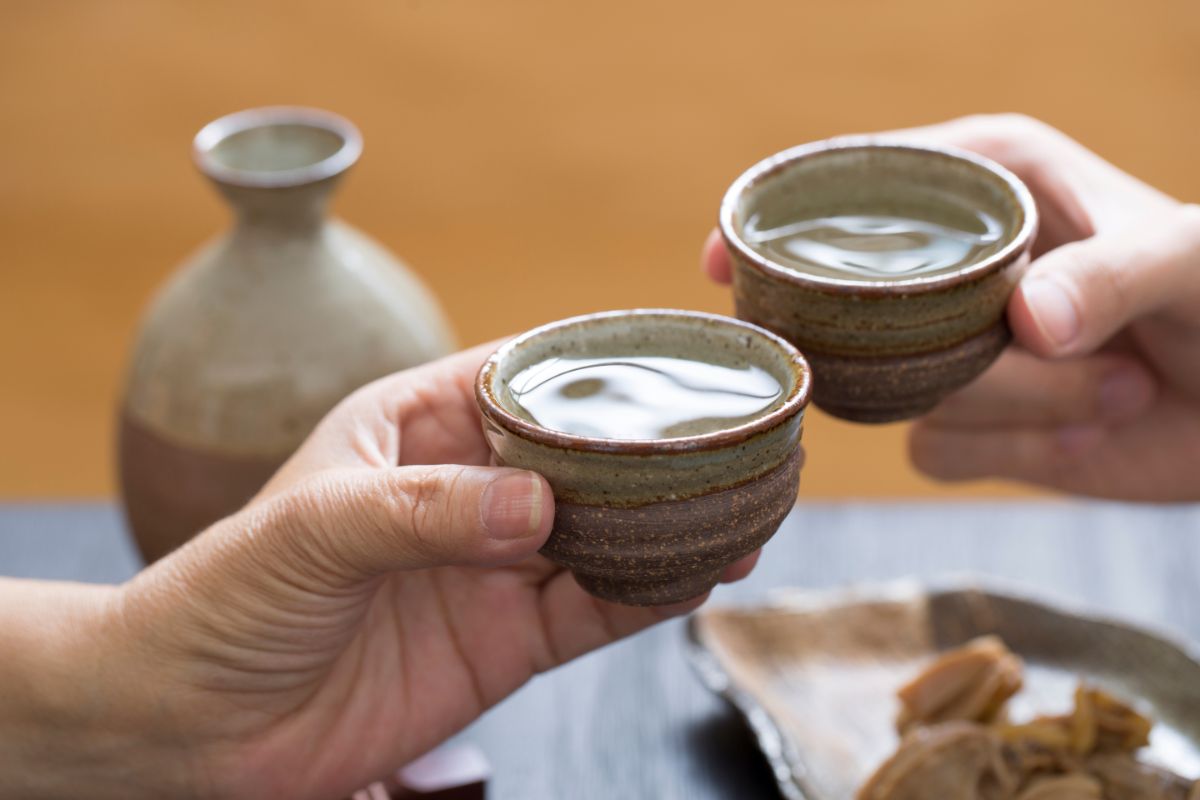
How To Pair Sake With Your Food
While sake can be paired with light sushi dishes, certain types of sake work better when paired well. Remember that the sake is there to complement the meal so treat it as a secondary offering.
While wine can be paired to offer something more substantial to a meal, sake can prove more versatile. As sake is a traditional Japanese beverage, it should be paired with foods that have an Asian background or are at least Asian-inspired.
For a Ginjo sake, go for a subtle-tasting dish as the sake is a light variety with some fruity notes. In contrast, Futsushu sake is easier to drink and tends to be drier so should come with heavier meals.
Then there is Name sake which forgoes being treated so has a bright flavor which proves versatile for pairing with food and goes well with red meats.
Final Thoughts
It should feel like an honor to be served sake while in Japan. Certainly, the sense of a ceremonial drink should not be missed while you allow it to be served and then exclaim ‘Kanpai’ with your fellow diners.
While there are no strict rules behind it, by learning the correct pronunciation and the customs behind it, you can make sure you pay respect to how the drink is served.
Given time, you should also find your own favorite flavors, the best food pairings, and the ideal serving temperature.
Frequently Asked Questions
How Do You Pronounce Sake?
The correct pronunciation of sake is ‘sa-keh’ and there is no pronounced accent on the e. Try not to make yourself look silly by mispronouncing this traditional Japanese alcoholic beverage.
While many think that it is pronounced ‘sa-kee’, this is incorrect and can make an individual ordering it look like a fool.
What Is The Alcohol Content Of Sake?
Sake is made from fermenting polished rice, rather like how beer is produced. However, its alcohol content is closer to that of wine and typically higher.
You can expect wine to have an alcohol content between 10 and 15% while undiluted sake can go beyond 18%. One of the strongest varieties of sake is Genshu which can have an alcohol content upwards of 20% by volume.
- 16 Best Websites To Watch Japanese Movies With English Subtitles - May 11, 2023
- Is ZIPAIR The Best Airline For Traveling To Japan? - May 11, 2023
- Ryu Murakami Vs Haruki Murakami – Which One Should You Read? - May 11, 2023


